I have to say that these SIX Scenes I Can’t Forget was written by Margaret Hinxman – Chief Film Critic of The Picturegoer Magazine for the 1959-60 Annual.
They would not be my memorable scenes I have to say – but well worth looking at all the same.
After all Margaret Hinxman was very knowledgeable on films of the era and had seen so many in her illustrious career which is outlined below
June Thorburn and Russ Tamblyn Tom Thumb 1959. Margaret Hinxman was amazed as we all were at the wonderful special effects in this film – as illustrated above
ABOVE: Jean Simmons in Home Before Dark – Here she makes a humiliating entrance, as a neurotic guest at a big dinner party. A grotesque pitiful figure, with her over blonde hair, over size dress and over heavy make-up, she teeters to her embarrassed husband’s table. A nightmare moment that must strike a chord of sympathy in every female picturegoer- and Jean Simmons makes it the most striking moment in a striking film.
Paul Newman and our own Joan Collins in Rally Round the Flag Boys
ABOVE: Sammy Davies Jnr. and Eartha Kitt in Anna Lucasta – this was his first film appearance – and what an appearance that was.
ABOVE: Tony Curtis and Sidney Poitier in a dramatic scene from The Defiant Ones
Above : Rex Harrison and Kay Kendall in The Reluctant Debutante.
Margaret Hinxman Obituary
One of the leading British film critics of the postwar years who went on to write crime novels
The writer Margaret Hinxman, who died aged 94 only a few months ago in October 2018, was one of the influential band of female critics who did much to encourage film in postwar Britain. She enjoyed a long and productive career on numerous magazines, including the influential Picturegoer, two national newspapers, the Sunday Telegraph and Daily Mail and as a writer of fiction.
ABOVE With Dirk Bogarde while filming Campbells Kingdom
For Margaret Hinxman, the late 1970s, when she was working on the Mail, proved something of a turning point. She lamented the demise of her favourite genres – the musical and the traditional gangster movie – and found the ever-changing television schedules (she provided the capsule reviews of movies on TV) increasingly irksome. At the age of 60, she left to devote herself to a career as a writer of crime novels.
The youngest of four children of Charles Hinxman, a first world war veteran who worked on the railway, and his wife, Alice, Margaret was born in Greenwich, south-east London, and served in the Women’s Royal Naval Service towards the end of the second world war. She came from a family of film enthusiasts and saw up to three films a week as a child. Aged 21, she entered journalism as an editorial assistant (or “general dogsbody”, as she described it) on the feminist weekly magazine Time and Tide, later claiming that her career was based on this “happy accident”.
Her love of writing and cinema led over the next two decades to steady work. For Woman magazine, she provided extended celebrity interviews; for the glossy Queen she worked as a reviewer, and she published short stories in Woman’s Realm. Later in that busy period she became the reviewer for the trade paper Daily Cinema, sometimes reporting on the box-office potential of four films in a day.
Above: With Steve McQueen in 1966
But it was on Picturegoer (the superior rival to Pictureshow) that she came into her own from the late 40s onwards. This colourful, fan-based weekly, devoted to the careers and alleged love lives of (mainly) British and American stars, gave her opportunity for features and criticism. Those generous, but informed, opinions – especially when accompanied by four stars and the magazine’s seal of approval – sent film buffs hotfoot to join the queues.
In that austere period – well into the 50s and the onslaught of television – popular reviewers were influential and Hinxman wrote prolifically. After this 20-year “apprenticeship”, she was asked in 1966 to join the Sunday Telegraph, where she was given a free hand, with only one weekly visit to the office required.
This also allowed her time to freelance and she became a regular interviewer at the National Film theatre in London. Many of the lectures were filmed by BBC television and Hinxman proved an adept foil to occasional superstar egos. In the early 70s she began The Films of Dirk Bogarde (1974), written with her niece, the film publicist Susan D’Arcy; it was the only survey of his career on which the star collaborated.
In 1974 she was enticed to the higher profile job of critic at the Daily Mail. A decade later, when television listings and advertising-led reviewing became an increasing burden, she decided to leave London and popular journalism for the south coast and a different venture.
Between 1976 and 1991 she published, under the Collins Crime Club imprint, nine thrillers, including One-way Cemetery (1977), The Night They Murdered Chelsea (1984) and Nightmare in Dreamland (1991). After the Show (1993) was a change of pace: although crime-based, it was an affectionate portrait of a theatrical dynasty, containing nicely judged liberal touches salted among the showbiz story.
When a big-business-based novel, Losing Touch, initially found no publisher (though it was later published by Severn House, in 1996), she decided to enjoy retirement to the full and travelled extensively, mainly in the US and Canada, with her sister Elizabeth, with whom she shared a home in Sussex.
After her sister’s death, she lived with Susan, and then close by in a nursing home.
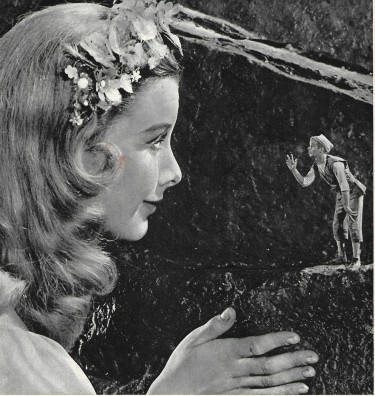
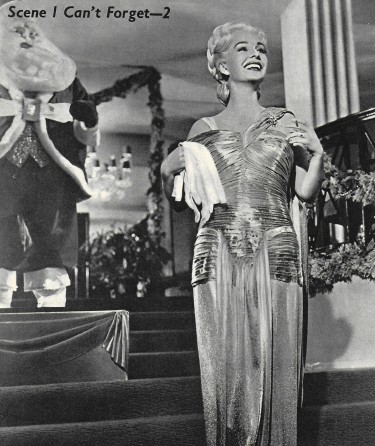

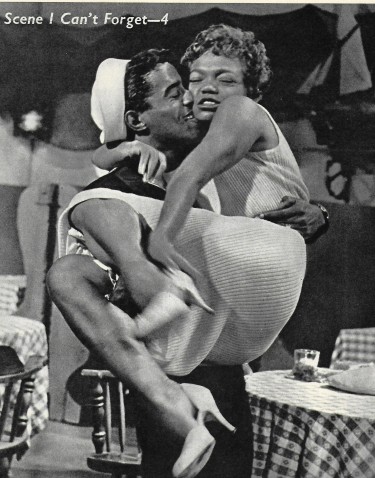
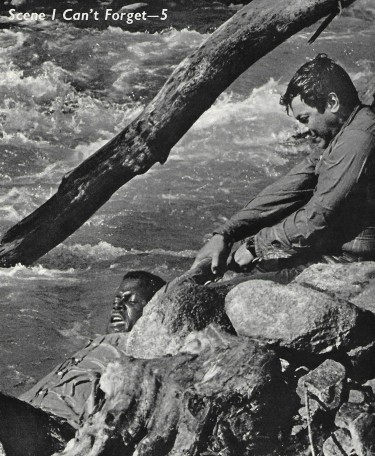
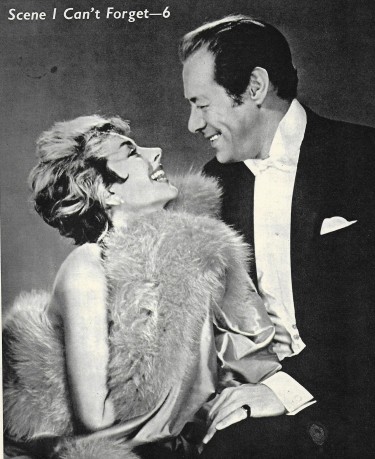
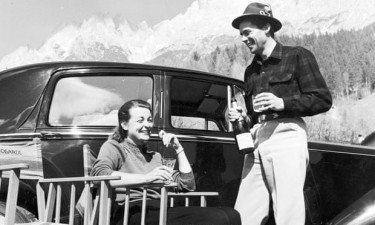
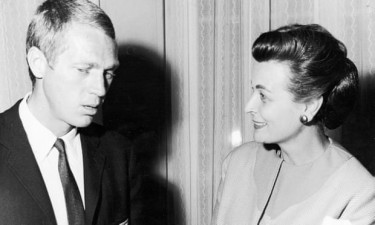
Place your comment